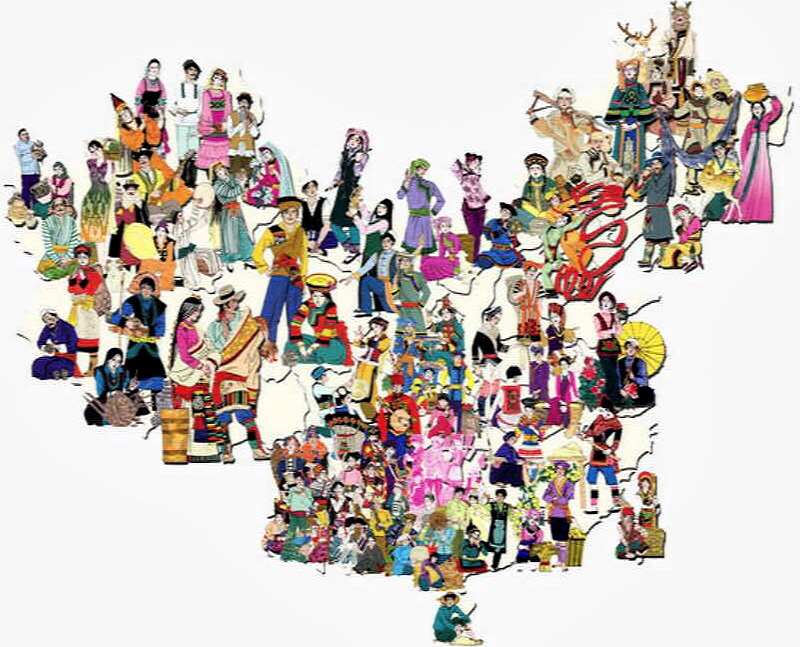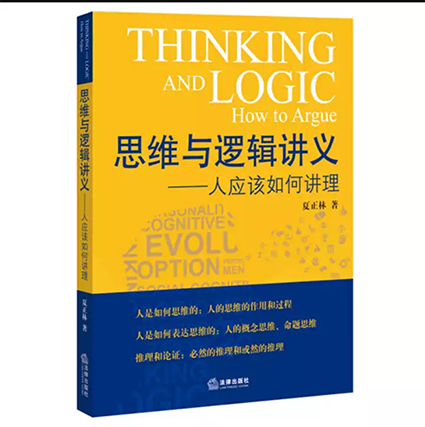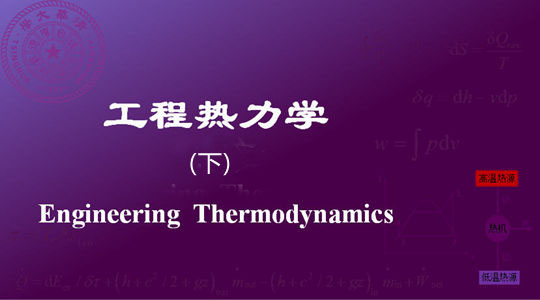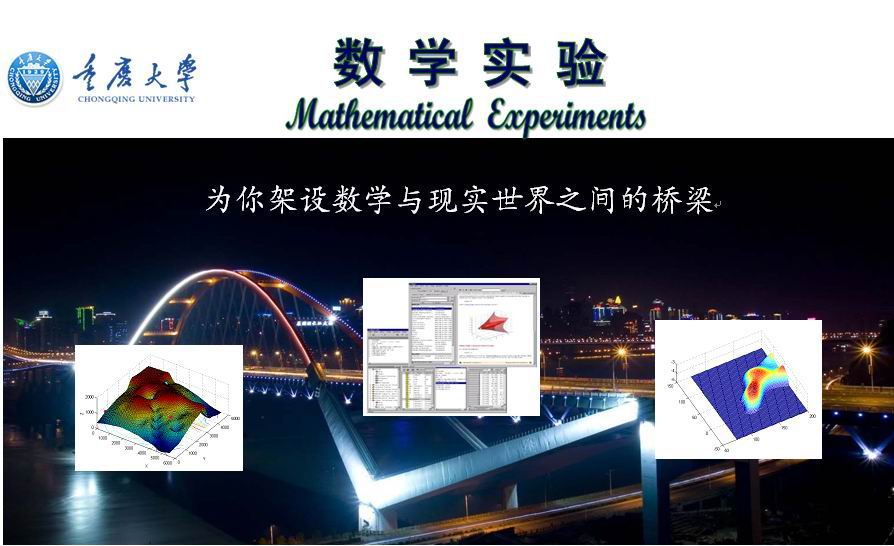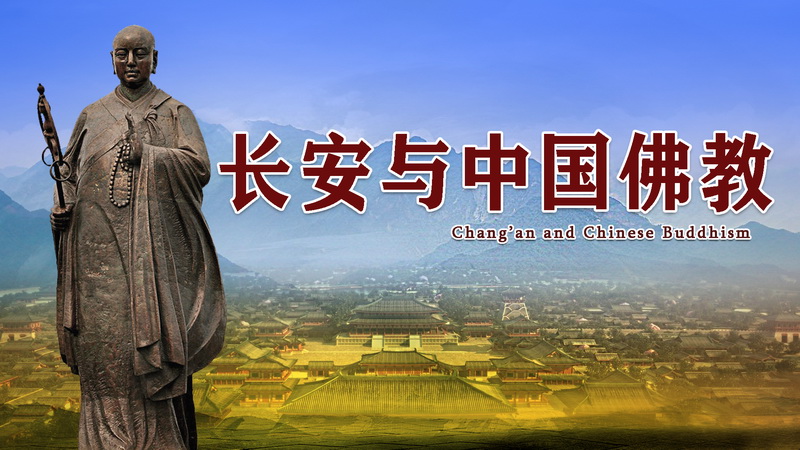
当前课程知识点:Culture and Tourism > Week 3: Heritage System: Managing and Safeguarding World Heritage Sites > 3.5 Case Study: Mongolian Altai > 3.5.1 Nature Culture Integration & the Mongolian Altai(1)
返回《Culture and Tourism》慕课在线视频课程列表
返回《Culture and Tourism》慕课在线视频列表
我现在继续讨论第五个主题 这是第五个也是最后一个主题
因此 本报告是关于自然与文化在西方遗产管理中的整合
并以世界遗产名录中的蒙古族阿尔泰地区工作整合为例进行探讨
但十多年来 我一直认为 在西方认识论或知识体系中构建的自然和文化需要更好地融入景观管理
包括保护区内的景观管理
对我来说 自然和文化并不是分离的 甚至连在一起的 而是相互构成的
这就是自然和文化总是以相互交织的方式彼此进化 以至于不可能有意义地分离
这种想法可能是由三个主要影响因素造成的
首先 我在澳大利亚的保护区系统工作了20多年
在那里 不同的立法者 行政和管理系统为自然土著和非土著遗产的每一个需求而运作 我在前面提到过
第二 我与澳大利亚土著人或土著人的工作谁持有非常不同的宇宙学或世界观西方启蒙建设
第三 在澳大利亚和国际文化景观领域从事跨学科工作
然而 我开始理论化或概念化的自然文化 作为相互构成只有在过去十年左右
除了写作的学者 如林恩莫斯科和丹尼斯伯恩 我认为这是从我的博士研究
这个研究项目是在2010年到2014年间进行的
虽然与自然文化没有直接关系 但它为我提供了概念和语言来表达我对这个话题的看法
我认为这是对澳大利亚遗产实践中的地方依恋概念及其在这一领域的应用的一个批判性研究
我为这个项目进行了一些研究 涉及盎格鲁澳大利亚人对澳大利亚保护区系统内的家庭住宅和花园的联系
我们是基于对那些曾经创造过 前去体验过这样设计的景观的人的采访
我更广泛的担忧是 在这种特殊的地方 个人之间的联系和根深蒂固的感情 在流行管理的过程中 我们没有得到尊重
有时 随着自然保护和土著遗产管理的减少 其他非土著遗产的属性和价值得到了特权
实践遗产中的精细战略通常被认为是非物质遗产的一种形式 是由于人与地方之间存在的相互作用 联系或关联而产生的
在我的研究中 我试图在发展心理学和文化地理学中有这些意义或概念
我认为 在遗产保护中 地方依恋往往被不加批判地应用 因为这一领域是建立在学科特定理论的基础上的
这是我的论文 应用附件可以概念化的方式 更适合于有效的管理 遗产管理实践
目前就是这样
我提出了地点依恋的概念 它借鉴了互动的概念和依恋的代理和影响理论
我定义的场所依恋是一种通过个体或群体 场所和事物的交互而出现的分布现象
我从收集的访谈中得出的结论 常常支持地方依恋作为交互的概念
在我看来 交互是一个词 它捕捉了人们对地方和事物的感觉 比如他们的家或花园之间的相互联系
关于自然文化 交互包含了自然和文化是相互构成的概念 在概念上是一个分离的问题
《纠缠的立场》借鉴了女权主义哲学家凯伦·巴雷特的作品《想象到现实的概念》
一位建筑师失去了汇编理论的手工处理和应用
我还受到了尼古拉斯·托马斯的一个故事的影响 他采用了一种纠结的框架 探讨了物体是如何被殖民主义所交互的
我还使用了考古学家En Harder 他应用了一个关于交互的桥接概念 他对考古数据的分析
我发现交互的概念是有用的 可以通过人们的情感与花园里的植物相互缠绕或联系的方式来概念化.
象征或体现快乐或悲伤的生活事件的植物 或作为礼物和亲密的朋友 或使人想起逝去的亲人
因此 依恋作为一种交互 表达了人类情感与个体植物和特定物种的分离
交互是人类情感和有意义的物体(包括相互交织而非分离的植物)概念化的一种有用的结构
随后 我发现我所绘制的许多概念材料 在一个发展过程中 我的论文可以应用于构建有关自然-文化整合的问题
自然和文化的观念 因此自然遗产和文化遗产
一个独立而独特的领域在西方思想史上有着悠久的历史
这种思维来源于建构一系列的对立或解读 不仅包括自然文化
还包括有形的 无形的 过去的 现在的 人的 非人的 植物的 动物的等等
交互是一个可以用来抵抗这种边界的概念
在自然文化的情况下 要消除它们之间的区别 因为在任何给定的景观中 它们是共同构成或折叠在一起的
在自然文化的情况下 要消除它们之间的区别 因为在任何给定的景观中 它们是共同构成或折叠在一起的
联合国教科文组织联合国教科文组织《保护世界文化和自然遗产公约》 《世界遗产公约》是承认和管理文化和自然遗产的活的工具
然而 尽管运作了45年 《公约》的工作仍将这些领域视为独立和分裂的领域
连接实践是国际自然保护联盟和国际古迹遗址理事会共同设计和实施的一个项目
在伯克利 我反对世界遗产委员会咨询机构的咨询委员会
在伯克利 我反对世界遗产委员会咨询机构的咨询委员会
在世界自然保护联盟和国际古迹遗址理事会的Crystal Berkeley协调了这个项目
目的是探索 学习和创造新的方法 这些方法的核心是认识和支持引文中高度重要的景观和海景的自然 文化和社会价值的相互关联的特征
联系实践采用的是一种实践 他们的方法是由代表们利用国际古迹遗址理事会在世界遗产名录上的遗产进行合作 确定工作的预期成果 确定实际战略
在自然保护联盟和国际古迹遗址理事会的实践和机构文化中考虑自然和文化 提供一种完全相关的方法
为实现更好的保护和可持续利用成果 反映保管人和当地社区的观点 利益和权利 提供生活建议
我有幸参加了三个连接实践项目的两个试点
在第一阶段 从2013年到2015年
其中包括2014年首次友好倡议专家圆桌会议 2014年10月在蒙古的实地工作 以及由德国国际自然保护学会主办的总结专家研讨会
第一次专家圆桌会议在瑞士格兰德举行
尽管我从2010年起就一直是世界保护区委员会的成员 但这是我第一次直接参与该委员会的工作
这是一个机会 使内部 经验丰富和知识渊博的小组与共同关注 以改善国际自然保护联盟和国际古迹遗址理事会之间的工作关系
并最终为遗产地及其附属社区的保护和可持续性取得更好的成果
我和许多参加这次影响会议的人一样 意识到自然和文化以及世界遗产进程和做法之间的鸿沟正在对非西方国家
例如中国和土著群体 包括澳大利亚土著人民产生影响
我对本次研讨会的贡献之一是介绍了交互的概念 并与与会者讨论了交互作为一个对抗概念与自然 文化二分法的相关性
-1.1 Introduction course outline and UNESCO World Heritage Program
--1.1.1 Introduction of culture and tourism course outline
--1.1.2 Introduction of UNESCO World Heritage Program(1)
--1.1.3 Introduction of UNESCO World Heritage Program(2)
-1.2 Cultural Heritage-1
--1.2.1 The meaning of culture heritage
--1.2.2 Criterion(i): masterpiece of human creative genius
--1.2.3 Criterion(ii): exhibit important interchange of human value
--1.2.4 Criterion(iii): bear a unique or at least exceptional testimony
--How can the public understand the importance of heritage?
-1.3 Cultural Heritage-2
--1.3.1 Criterion(iv): an outstanding example in human history
--1.3.2 Criterion(v): represent a culture or human interaction with environment
--1.3.3 Criterion(vi): associated with living traditions of outstanding universal significance
-1.4 Natural Heritage
--1.4.1 Natural heritage features, formations and criterions
--1.4.2 Cases studies of natural heritage
--Cultural landscape meanings: The case of West Lake, Hangzhou, China
--How to access heritage of your hometown?
-2.1 Mixed Culture and Natural Heritage
--2.1.1 Mixed heritage operational guidelines and cases (1)
--2.1.2 Mixed heritage operational guidelines and cases (2)
--2.1.3 Mixed heritage operational guidelines and cases(3)
-2.2 Authenticity, Integrity and Cultural Routes
--2.2.1 How to determine authenticity and integrity
--2.2.2 Heritage routes and heritage canals (1)
--2.2.3 Heritage routes and heritage canals (2)
--What do you think about cultural heritage categories?
-2.3 Special Heritage and Sustainable
--2.3.1 Physical remains of the history of technology and industry
--2.3.2 Transboundary Heritage, Serial Heritage, Serial/Transnational Heritage
--2.3.3 Intangible cultural heritage
--2.3.4 UNESCO World Heritage and Sustainable Tourism Programme
--Recovering the Memory of Ourselves for the Sustainable Cites
--Week 2 quiz
--What do you think about cultural heritage categories?
-3.1 The Australia’s Heritage System and Sydney Opera House
--3.1.1 The Australian Heritage System
--3.1.2 Case Study: The Sydney Opera House
-3.2 Role of the ISCCL and Cultural Landscape (1)
--3.2.2 Uluru-Kata Tjuta National Park
--3.2.3 Honghe Hani Rice Terraces
-3.3 Role of the ISCCL and Cultural Landscape (2)
--3.3.1 West Lake cultural landscape (1)
--3.3.2 West Lake cultural landscape (2)
-3.4 Rural Landscapes as Heritage
--3.4.1 ISCCL Principles Concerning Rural Landscapes as Heritage
-3.5 Case Study: Mongolian Altai
--3.5.1 Nature Culture Integration & the Mongolian Altai(1)
--3.5.2 Nature Culture Integration & the Mongolian Altai(2)
--Week 3 quiz
--Discussion: What do you think is the role of ISCCL?
-4.1 Introduction of the Meaning of 'landscape’
--4.1.1 Brief introduction of landscape and culture
--4.1.2 The conceptual framework of cultural landscape
-4.2 Landscape Values
--4.2.1 The word “landscape” itself and differences in Western, Eastern
--4.2.2 Cultural significance for heritage source
--Discussion: What do you think the cultural landscape attracts you?
-4.3 Reading the Landscape: Identification and Assessment
--4.3.1 Planning model for heritage conservation management policy
--4.3.2 Cultural landscape resources evaluation steps
--Article: Cultural mapping: Intangible values and engaging with communities with some reference to As
-4.4 Case Study: Wingecarribee Historic Landscape
--4.4.1 Case study:Wingecarribee historic landscape study(1)
--4.4.2 Case study:Wingecarribee historic landscape study(2)
--Week 4 quiz
--Discussion: What should we do to strengthen the protection of cultural landscape?
-5.1 Indigenous Tourism
--5.1.1 Indigenous tourism background
--5.1.2 World heritage and indigenous peoples
--5.1.3 Tourism issues at Canadian indigenous world heritage sites
--Discussion: What challenges indigenous World Heritage faces?
--Article: State conceptions of indigenous tourism in Chile
-5.2 Case Study and Conclusion: Great Expectations for Tourism
--5.2.1 Case study Pimachiowin Aki
--5.2.2 Conclusions:Great Expectations for Tourism
--Disussion: Do you have any experience of indigenous tourism?
--Week 5 quiz
-6.1 The Definition of Heritage in Heritage Performance Study
--6.1.1 The definition of heritage in heritage performance study
--6.1.2 Heritage performance and meaning making
--6.1.3 Two key issues emerging from qualitative study
-6.2 Heritage Performance - Evidence from Australia, England and USA
--6.2.1 Heritage performance - reinforcement
--6.2.2 Heritage Performance - inter-generational communication and social values
--6.2.3 Heritage performance - recognition and respect
--6.2.4 Heritage performance - education
--Article:Theorizing museum and heritage visiting
-6.3 The Conclusion of Heritage Performance
--6.3 The conclusion of heritage performance
--Week 6 quiz
--Discussion: What kinds of heritage performances have you learned in this week?
